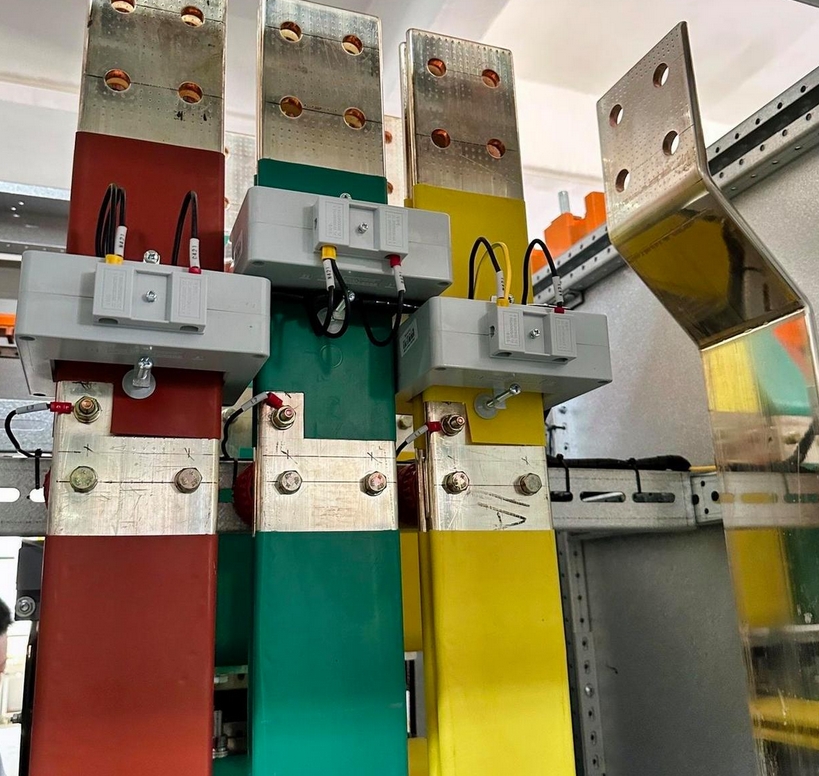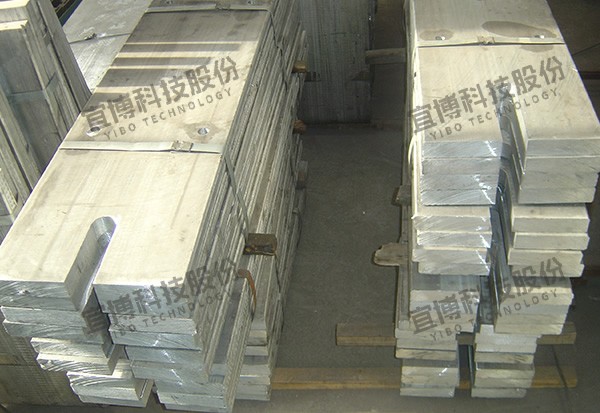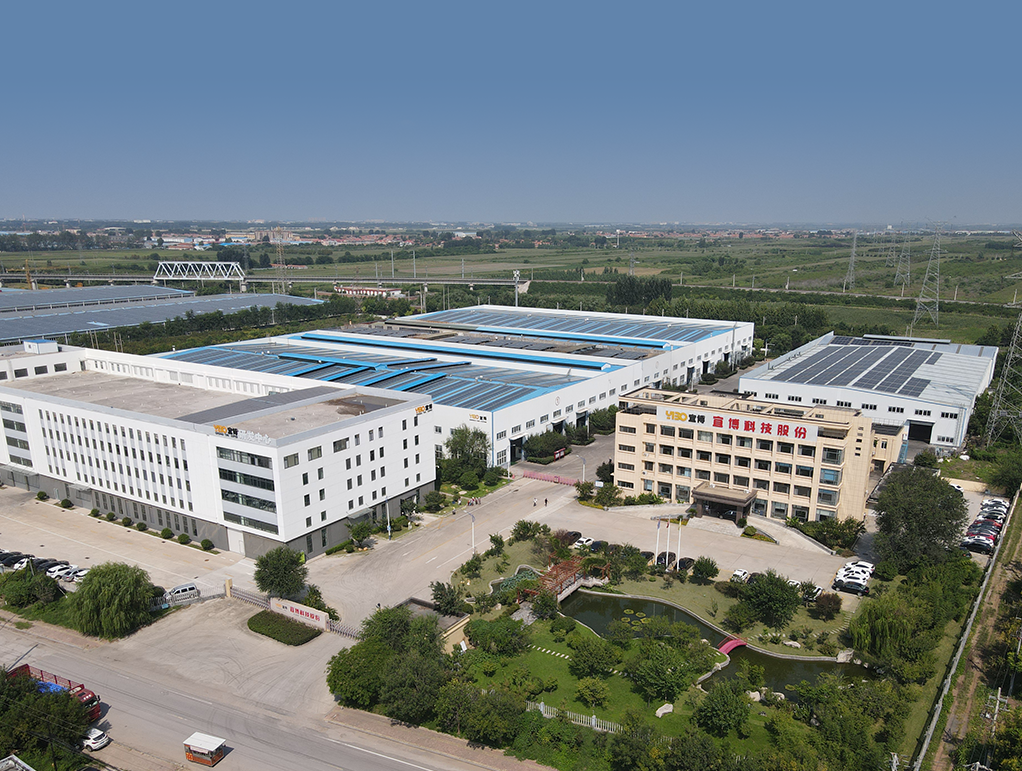Explosive Bonding for Cu-Al Transitions: Forging Unbreakable Bonds at the Atomic Level
Explosive Bonding for Cu-Al Transitions: Forging Unbreakable Bonds at the Atomic Level
In high-stakes applications like submarine power cables, nuclear reactors, and aerospace systems, conventional welding fails to solve the copper-aluminum incompatibility crisis. Explosive bonding for Cu-Al transitions achieves what heat-based methods cannot: near-perfect metallurgical joints without destructive intermetallics. This cold-welding process leverages controlled detonations to fuse these metals at the atomic level – here’s how it works and where it’s transforming critical infrastructure.
The Science of Detonation-Driven Welding
Explosive bonding (or explosive cladding) forces metals together under pressures exceeding 10 GPa – equivalent to 100,000 atmospheres. This triggers plastic deformation and jetting phenomena that create permanent bonds:
Detonation Wave Dynamics
Explosive layer (e.g., ammonium nitrate) detonates at 1.5–3 km/s
Flyer plate (aluminum) accelerates toward base plate (copper) at 300–700 m/s
Collision angle maintained at 5°–25° via buffer layers
Interface Jetting Mechanism
Surface oxides/metallic impurities eject as micro-jets ahead of collision point
Creates atomically clean surfaces nanoseconds before impact
Waveform Interface Locking
Impact generates sinusoidal or vortex-like patterns (see Fig. 1)
Mechanical interlocks increase bond area 3–5× versus flat interfaces
Diffusion-limited bonding prevents intermetallic compound (IMC) growth
| Property | Explosive Bonding | TIG Welding | |-------------------|-------------------|----------------| | IMC Thickness | < 1 μm | 5–50 μm | | Shear Strength | >100 MPa | 40–80 MPa | | Thermal Cycling | 5000+ cycles | <1000 cycles | | Voids/Kirkendall | Near-zero | Severe |
Critical Process Parameters for Cu-Al Systems
Achieving defect-free bonds requires precision control:
Collision Velocity (Vc)
Optimal range: 300–450 m/s for Cu-Al
< 250 m/s: Incomplete bonding
500 m/s: Material spalling/cracking
Dynamic Collision Angle (β)
Maintain 15°±2° via polymethyl methacrylate (PMMA) buffers
Controls jetting intensity and wave amplitude
Explosive Load Ratio (R)
R = Explosive mass / Flyer plate mass = 0.8–1.2
High R increases Vc but risks interface melting
Surface Preparation
Mirror-finish machining (Ra < 0.8 μm)
Acetone degreasing within 10 minutes pre-detonation
Industrial Applications Redefining Reliability
1. Power Grid Resilience
Offshore Wind Farms
Explosive-clad Cu-Al bus bars in converter stations withstand salt spray (ISO 9227) for 25+ years. Example: Dogger Bank project cut connector failures by 92% versus bolted joints.High-Voltage Substations
Clad transition joints carry 250 kA fault currents without separation – critical for IEC 62271-200 compliance.
2. Defense & Aerospace
Nuclear Reactor Feedwater Systems
Clad pipes (Cu cooling channels/Al structural shells) survive LOCA scenarios (350°C steam blasts).Satellite Power Distribution
0.5 mm-thick Cu-Al sheets in bus plates reduce mass by 40% versus monometallic designs.
3. Industrial Electrification
Aluminum Smelter Cathodes
Explosive-bonded Cu collector bars to Al rods reduce voltage drop by 0.3 V/cell, saving $1.2M/year per facility.Railway Catenary Systems
Clamped transitions endure 10^8 vibration cycles (EN 50119 standard).
Implementation Challenges & Solutions
| Challenge | Mitigation Strategy |
|---|---|
| Edge cracking | Peripheral copper stiffener rings |
| Residual stress (800+ MPa) | 400°C/2h vacuum annealing |
| Detonation uniformity | Grid-initiated multi-point ignition systems |
| Safety compliance | Remote desert facilities with 5 km exclusion |
Quality Validation Protocols
Non-Destructive Testing
Ultrasonic C-scan (detects >200 μm voids)
X-ray diffraction residual stress mapping
Destructive Analysis
Shear strength testing per ASTM B898 (>100 MPa required)
Microstructural analysis: SEM/EDS confirming IMC <1 μm
Field Performance Monitoring
Infrared thermography (ΔT < 5°C at 1 kA/mm²)
4-wire resistance measurements (R < 10 nΩ·m)
Future Innovations: Automation & New Materials
AI-Controlled Detonation
Machine learning adjusts Vc in real-time using piezoelectric sensors, reducing rejects by 70% (Fraunhofer trials).Graded Transition Zones
Additive manufacturing + explosive bonding creates gradual Cu→Al composites eliminating CTE mismatch.Reactive Multilayers
Ni/Al nanolayers between Cu-Al interfaces enhance bonding energy by 200% (Lawrence Livermore prototypes).
Conclusion: Where Explosive Bonding Reigns Supreme
Explosive bonding for Cu-Al transitions solves the unsolvable: creating permanent, high-strength joints between violently incompatible metals. By circumventing heat-induced defects entirely, it delivers:
Zero IMC degradation in thermal cycling
Galvanic corrosion immunity via mechanical sealing
Unmatched surge current resistance
Specification Tip: For mission-critical applications (nuclear/offshore), mandate:
Wave amplitude/wavelength ratio > 0.25
No continuous IMC layers in SEM at 10,000X
Third-party explosive handling certification (OSHA 1910.109)
As renewable energy and electrified transport demand robust transitions, explosive cladding shifts from niche technique to enabling technology – turning copper-aluminum conflicts into atomic alliances.


